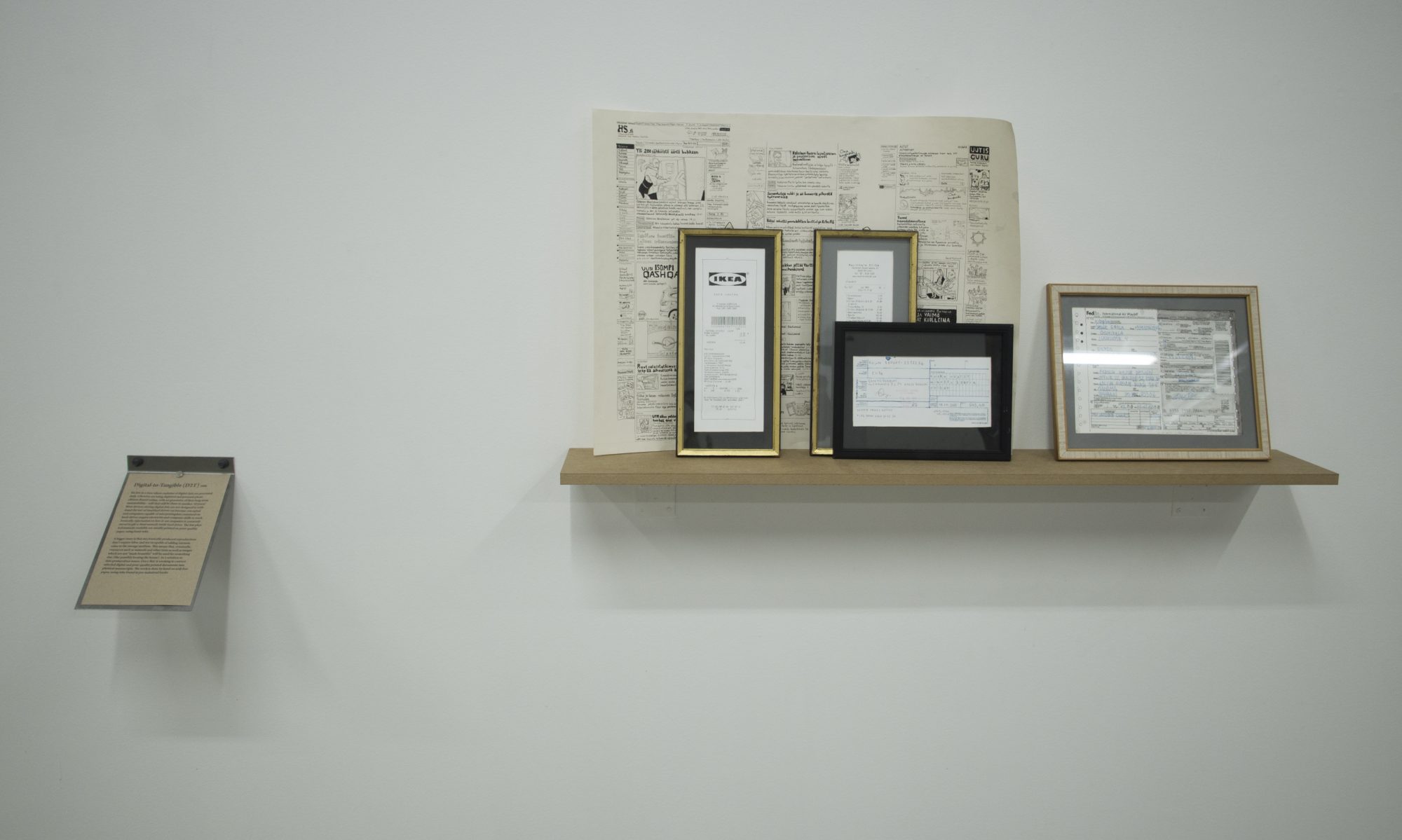Bought a book by Michel Serres and started working on an application for the Doctoral Studies Programme in Artistic Research in Performing Arts at the Theatre Academy of the University of the Arts Helsinki. I’ve written a 12 page research proposal called “Horse & Performance” (it’s taken me two-to-three weeks and I’m currently waiting for comments/guidance from friends). The English summary is the last part (I’m having trouble with it). Apparently I want to spy on people, talk to horses and ask them what they think about our perception of them. I can’t read the the summary without giggling – Which has to be a good sign.
The “Horse & Performance” research investigates “what do we talk about, when we talk about horses” at Finnish horse-stables. The research is rooted on an ethnographic study which analyses how horse-hobbyist and professional construct the figure of the contemporary-horse. The ethnographic part of the research will focus on situations were people explain the animals behaviour trough unintentional utterance, murmured while working with them. I will also engage in an “performance architectural” analysis of the sites, where people meet with horses, trough which I will formulate an understanding on how particular sites (and particular technologies presented in them) affect our perception of the animal. The fieldwork will be contrasted to the work of artists and theorists who have contributed to the development of the “animal-turn”.
From these sources I will develop a set of post-humanistically geared exercises and grooming techniques, through which I will direct the question to the horses themselves and ask for their feedback. These exercises will be presented as public performances, organized in urban spaces. The feedback audiences provide will be used to further develop an understanding of the contemporary-horse. Performing publicly with an animals cause conflicts through which we can access views and assumptions people project on them. Techniques developed through this research, can be used to ask animals for feedback on how build environments should be organized. The research aims to advance the wellbeing of animals and to advocate ethical environmental design.
Here is a list of texts I refer in the full proposal:
- Barad, Karen. 2003. Posthumanist Performativity: Toward an Understanding of How Matter Comes to Matter
- Butler, Judith. 2015. Notes Toward a Performative Theory of Assembly
- Cull, Laura. 2012. Theatres of Immanence – Deleuze and the Ethics of Performance
- Despret, Vinciane. 2016. What Would Animals Say If We Asked the Right Questions?
- Haraway, Donna J. 2007. When Species Meet
- Haraway, Donna J. 2013. SF: Science Fiction, Speculative Fabulation, String Figures, So Far.
- Haraway, Donna. 2016. Staying with the Trouble: Anthropocene, Capitalocene, Chthulucene
- Hribal, Jason. 2003. “Animals Are Part of the Working Class”: A Challenge to Labor History
- Hribal, Jason. 2012. Animals are Part of the Working Class Reviewed
- Ingold, Tim. 2011. The Perception of the Environment. Essays on Livelihood
- Korhonen, Pauliina. 2014. Ratsastusreitit kaupunkialueella – Suunnitteluesimerkkinä Länsi-Vantaan ratsastusreitit
- Leinonen, Riitta-Marja. 2013. Palvelijasta terapeutiksi – Ihmisen ja hevosen suhteen muuttuvat kulttuuriset mallit Suomessa
- Mbembe, Achille. 2003. Necropolitics
- Mitsuda, Tatsuya. 2007. Horse in European History 1550-1900
- Kaimio, Tuire. 2004. Hevosen kanssa
- Malm, Andreas. 2016. Fossil Capital – The rise of Steam-power and the Roots of Global Warming
- Mejdell, Buvik, Jørgensen & Bøe. 2016. Horses can learn to use symbols to communicate their preferences
- Morton, Timothy. 2017. Humankind
- Ojanen, Karoliina. 2011. Tyttöjen toinen koti – Etnografinen tutkimus tyttökulttuurista ratsastustalleilla
- Salminen, Antti & Vadén, Tere. 2016. Energia ja kokemus: Naftologinen essee
- Serres, Michel. 2010. Malfeasance – Appropriation Through Pollution?
- Schweder, Alex. 2011. Performance Architecture
- Urry, John. 2004. The ‘System’ of Automobility
- Weizman, Eyal. 2015. The Roundabout Revolutions
- Weizman, Eyal. 2017. Hollow Land: Israel’s Architecture of Occupation
- Wright, Stephen. 2014. Toward a Lexicon of Usership

